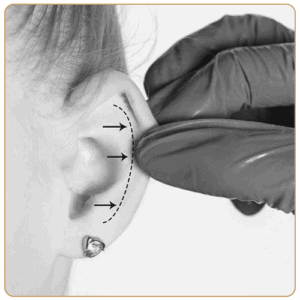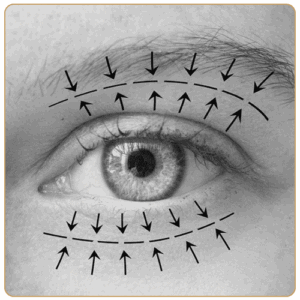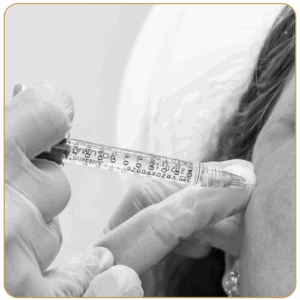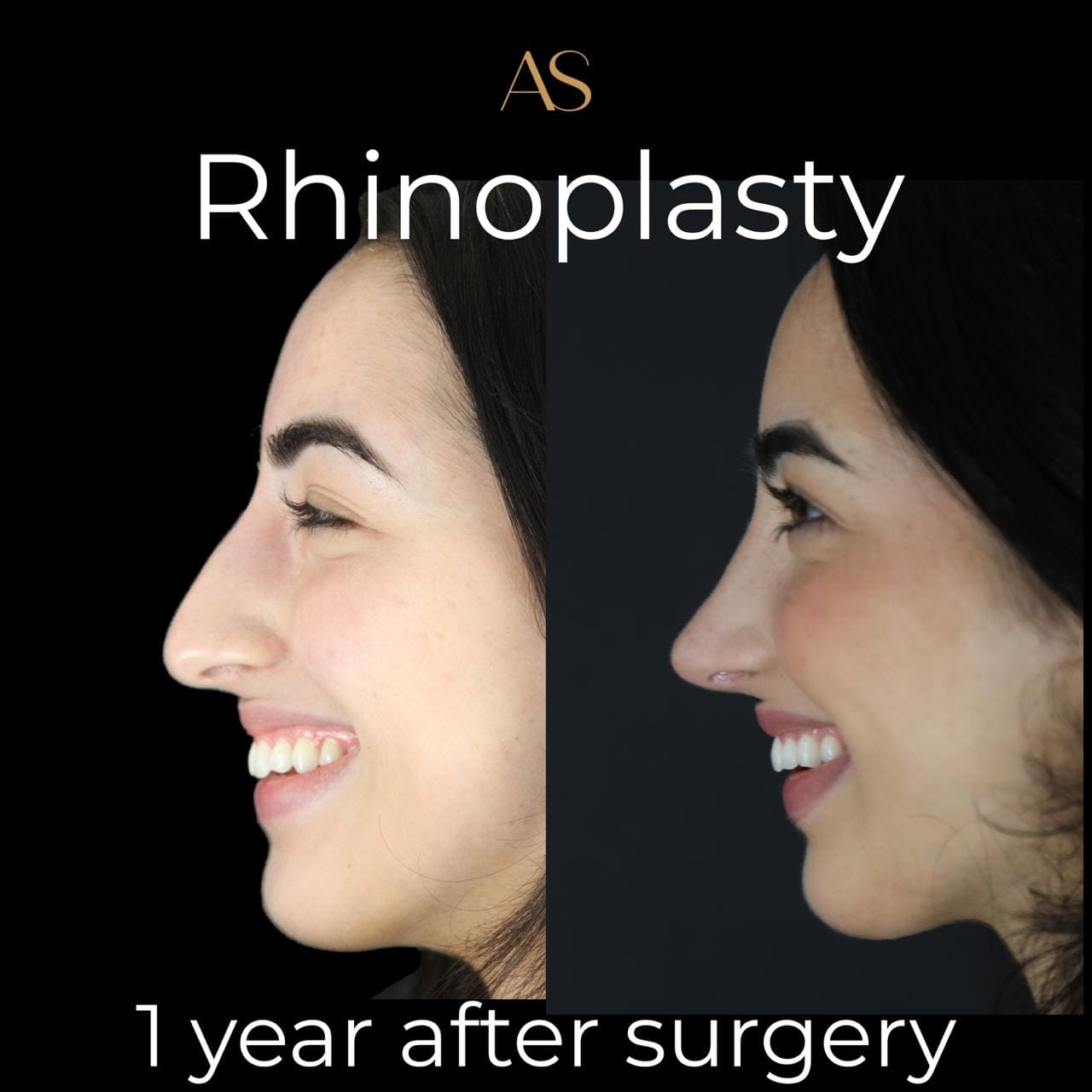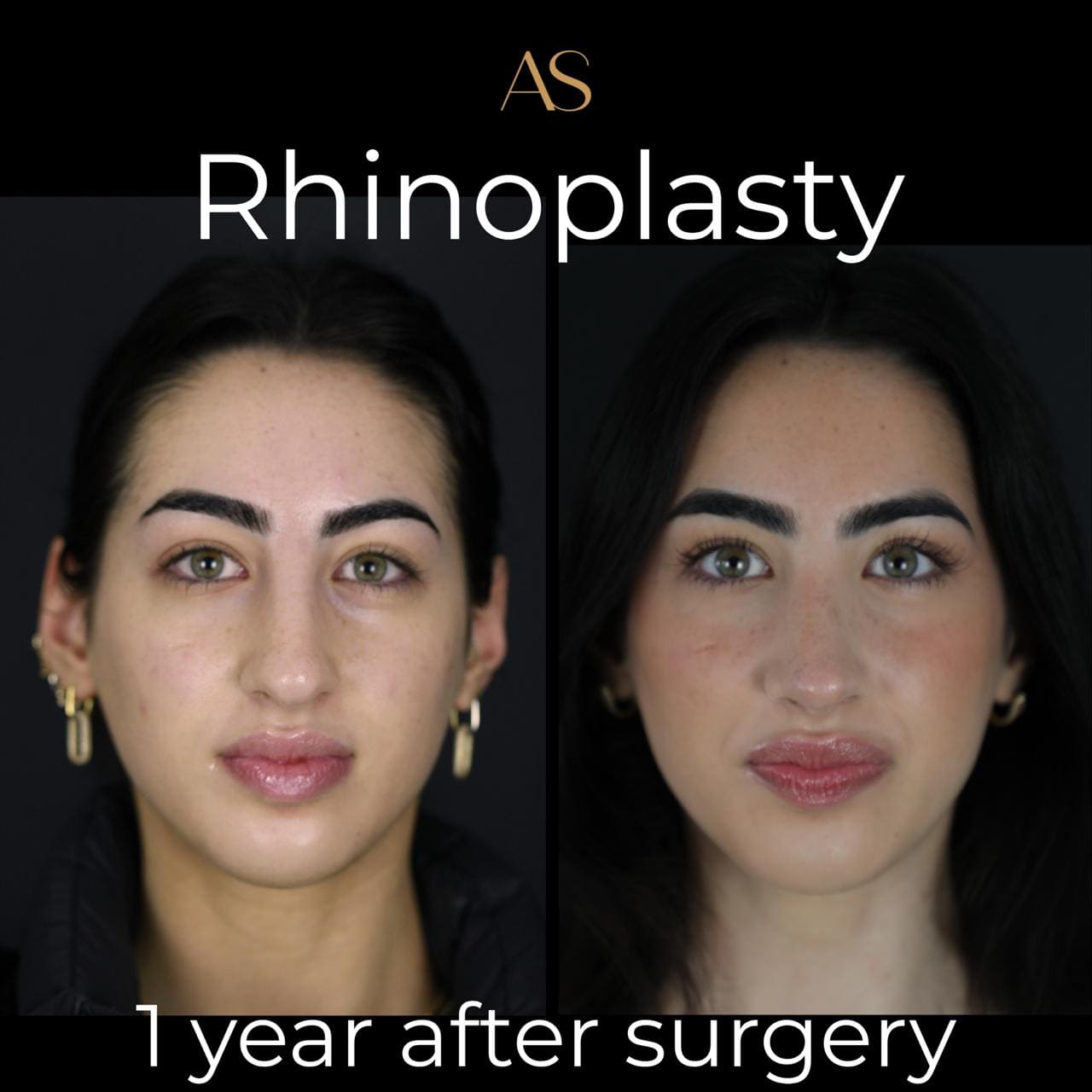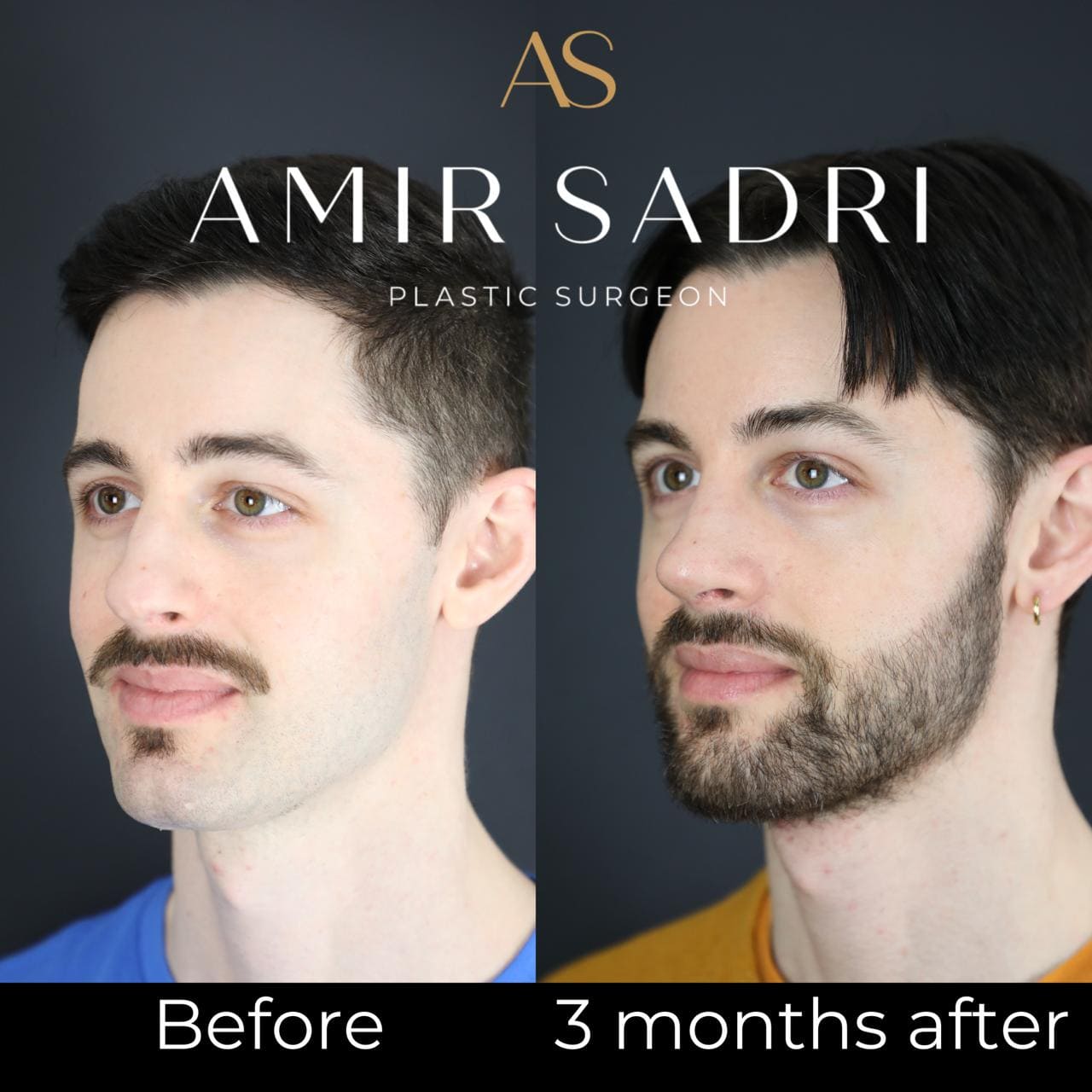Ultrasonic Rhinoplasty | Piezo Rhinoplasty
Ultrasonic Rhinoplasty / Piezo Rhinoplasty
Ultrasonic rhinoplasty, also known as piezo rhinoplasty, is a technique used in nasal surgery to reshape and refine the nasal bones and cartilage using ultrasonic technology. This approach utilizes high-frequency sound waves generated by a specialized device called a piezoelectric instrument.
What makes ultrasonic rhinoplasty different from the standard rhinoplasty procedures?
During a traditional rhinoplasty, bone and cartilage are typically manipulated using surgical tools such as chisels and osteotomes. However, these tools can sometimes lead to unpredictable fractures or trauma to the surrounding tissues. Ultrasonic rhinoplasty aims to address these challenges by offering a more controlled and precise method of bone reshaping.
The ultrasonic device used in this technique consists of a handpiece with a vibrating tip that emits ultrasonic energy. The surgeon applies the vibrating tip to the nasal bones, and the ultrasonic waves break down the bone structure while minimizing damage to the surrounding tissues.
The advantages of ultrasonic rhinoplasty include:
Precision:
Ultrasonic technology allows for precise bone reshaping and refinement. The high-frequency vibrations enable surgeons to sculpt the nasal bones with enhanced accuracy and control. This precision can result in more predictable and desirable outcomes, ensuring a harmonious and natural-looking nose.
Safety:
One of the significant benefits of ultrasonic rhinoplasty is its safety profile. The controlled and focused nature of the ultrasonic energy minimizes the risk of trauma to the surrounding tissues, including the nasal lining, blood vessels, and skin. This can reduce post-operative complications, such as excessive bleeding, bruising, or swelling.
Minimally Invasive:
Ultrasonic rhinoplasty is considered a minimally invasive technique. The ultrasonic waves selectively target the nasal bones, allowing for precise reshaping while preserving the integrity of the surrounding tissues. This can result in reduced tissue trauma, faster healing, and potentially shorter recovery times compared to traditional rhinoplasty methods.
Versatility:
Ultrasonic rhinoplasty can be utilized in various aspects of nasal surgery, making it a versatile technique. It can be used for hump reduction, osteotomies (narrowing the nasal bridge), dorsal augmentation, refining the nasal tip, and addressing asymmetries. This versatility allows surgeons to customize the procedure according to the specific needs and goals of each patient.
Preservation of Nasal Anatomy:
The controlled vibrations of the ultrasonic device help preserve the structural integrity of the nasal bones while reshaping them. This can be particularly beneficial when addressing complex nasal deformities or asymmetries. By preserving the underlying nasal structure, the surgeon can achieve improved aesthetics and functional outcomes.
Enhanced Patient Satisfaction:
The precision, safety, and customizable nature of ultrasonic rhinoplasty often lead to high patient satisfaction. The ability to achieve desired results with minimal trauma and a faster recovery period can contribute to a positive overall experience for patients.
Online Consulting
Arrange a 15-minute call to discuss our treatments and services.
Before & After Gallery
Ultrasonic rhinoplasty results
It is important to note that the benefits of ultrasonic rhinoplasty may vary depending on the individual case and the surgeon’s expertise. Not all patients may be suitable candidates for this technique, and the decision should be made in consultation with a qualified and experienced plastic surgeon. They can evaluate your unique nasal anatomy, discuss the benefits and limitations of ultrasonic rhinoplasty, and recommend the most appropriate approach for your specific needs and goals.
Ultrasonic rhinoplasty surgery risks
As with any surgical procedure, there are potential risks and complications associated with ultrasonic rhinoplasty. It is essential to have a thorough discussion with your surgeon, understand the benefits and limitations of the technique, and make an informed decision based on your individual circumstances.
Rhinoplasty Surgeon London
A professional, qualified and experienced plastic surgeon should perform a rhinoplasty because it is a complex surgical procedure that requires a high level of skill and expertise. A plastic surgeon who specializes in rhinoplasty has extensive knowledge of nasal anatomy and understands the complex relationships between the various structures of the nose, such as the bone, cartilage, and tissue.
A professional surgeon can also assess a patient’s individual needs and goals, and provide personalized recommendations for the procedure that will achieve the desired outcome. They can also ensure that the patient has realistic expectations about the procedure and can explain the potential risks and benefits involved.
In addition, a professional surgeon will have access to the latest surgical techniques and technologies, and can tailor the procedure to the patient’s specific needs and desired outcome. They can also provide ongoing support and care during the recovery process.
Overall, it’s important to choose a qualified and experienced plastic surgeon to perform a rhinoplasty to ensure the best possible outcome and reduce the risk of complications.
Dr Amir Sadri – Specialist Rhinoplasty Surgeon
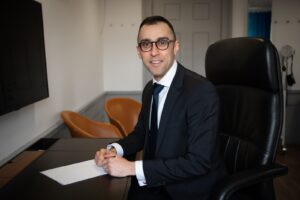
Dr Amir Sadir is a specialist rhinoplasty surgeon based in London. He is widely published with over 40 peer-reviewed papers on an extensive range of plastic, reconstructive, and cosmetic surgery. He has presented work internationally in Europe and the USA.
He is a Consultant Plastic Surgeon at Great Ormond Street Hospital. This involves the reconstruction of children with cleft lip and palate and vascular anomalies. In addition, he also owns his own private clinic and his cosmetic practice includes all aspects of aesthetic surgery, but his particular interest is in rhinoplasty and facial aesthetic surgery.
Online Consulting
Arrange a 15-minute call to discuss our treatments and services.



